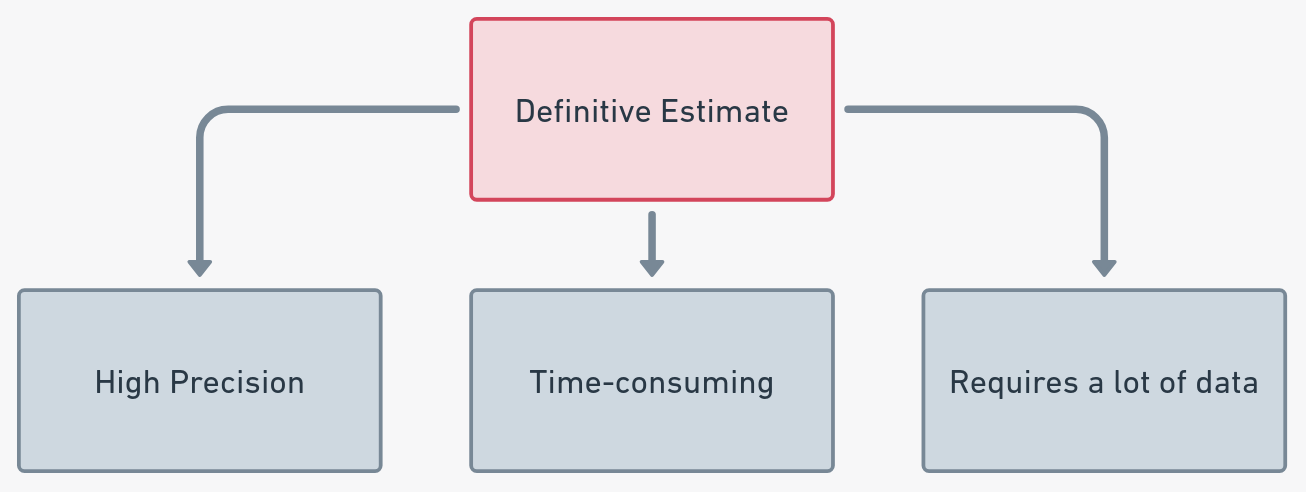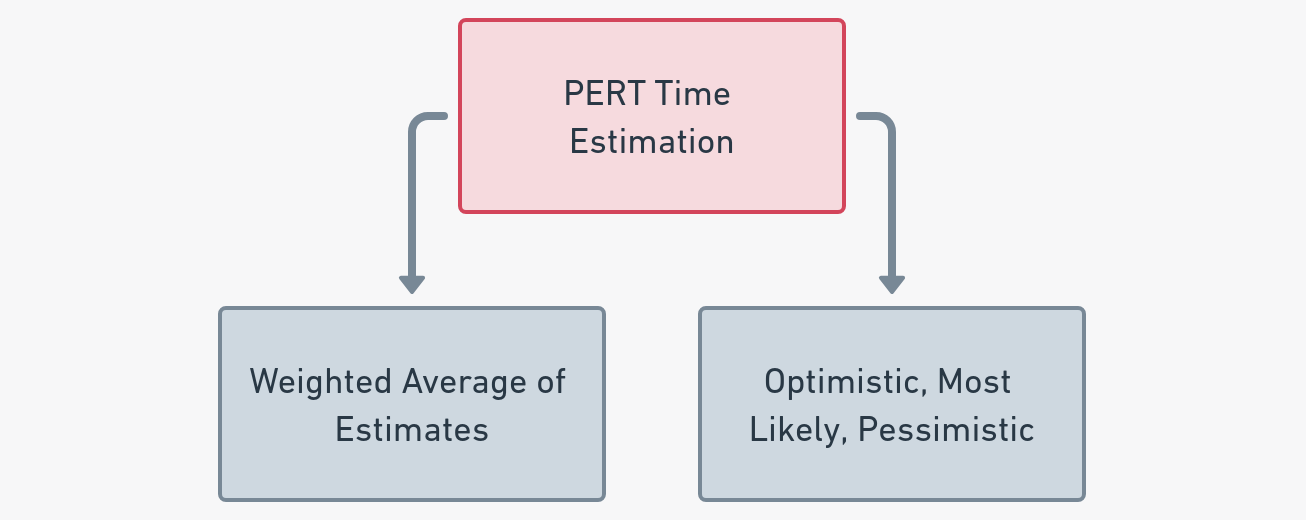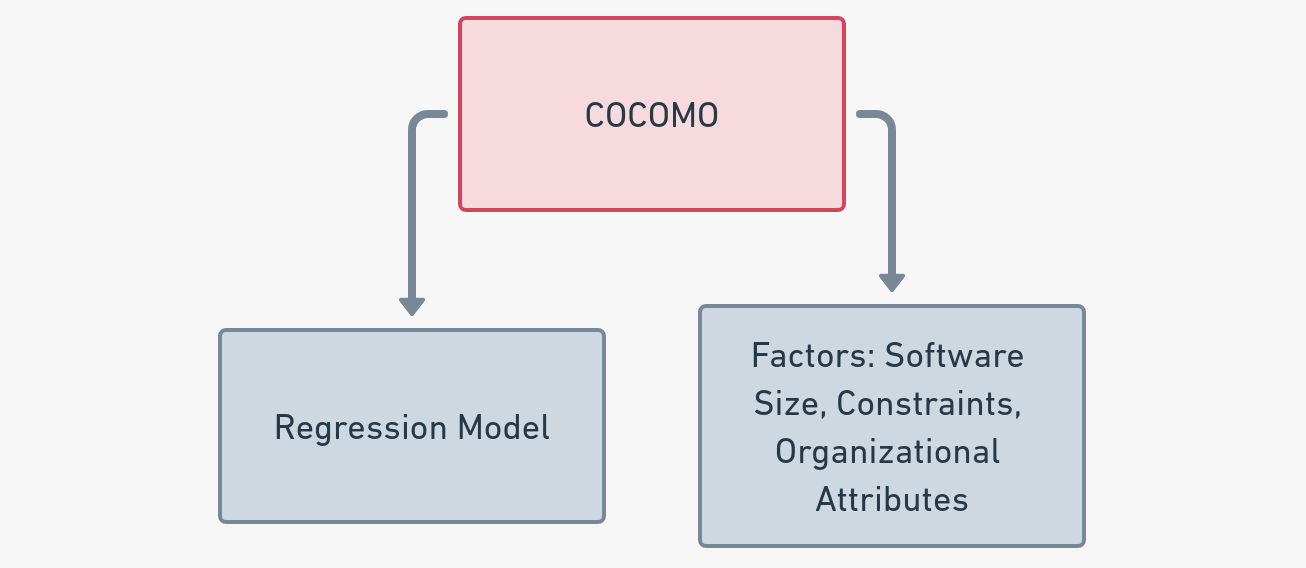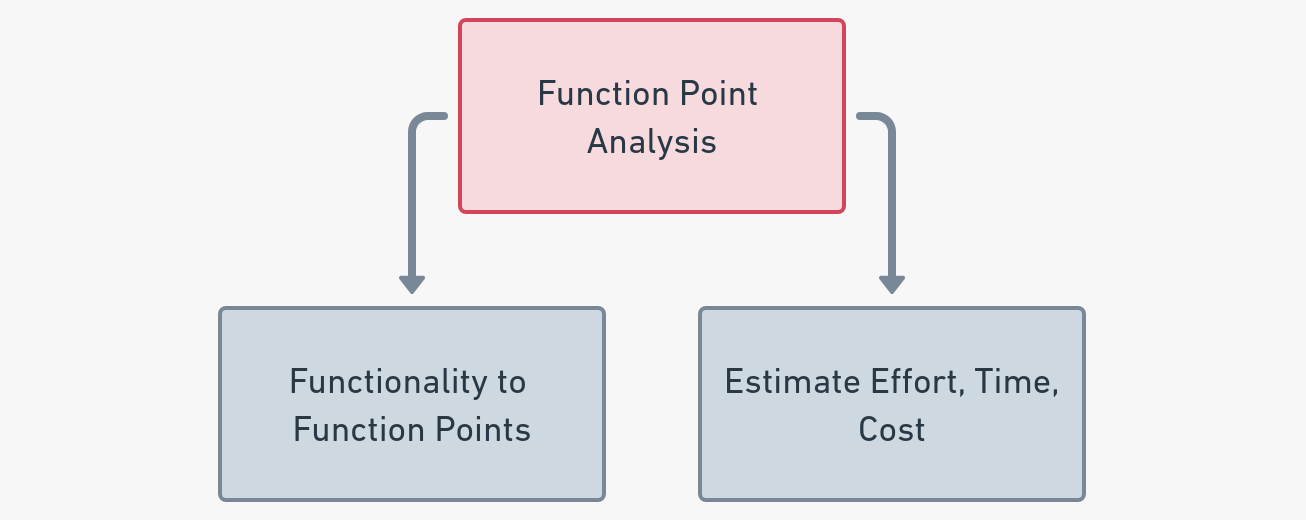30-sec summary:
Ever wondered what Rough Order of Magnitude (ROM) means?
What makes ROM so important?
How do experts calculate ROM estimates, and what factors affect their accuracy?
In real-life, how does ROM impact project outcomes and stakeholder decisions?
We’ll take a deep dive into these questions, unraveling the intricacies of ROM and its importance to successful projects.
TABLE OF CONTENTS
- Understanding ROM
- Creating a Trustworthy ROM Estimate
- Techniques for ROM Estimation
- Practical Examples of ROM
- HR Software for Construction Teams ✅
Understanding ROM
Rough Order of Magnitude, or ROM, is one of the most fundamental concepts every project manager should understand.
What is the rough order of magnitude?
A ROM gives a general idea of how much work and money a project could take. Think of it like a project’s first impression, giving stakeholders an idea of its scale and complexity. It’s not about pinpoint accuracy, but rather giving stakeholders a ballpark figure to set initial expectations.
Importance of ROM in project screening and decision-making
ROM helps decision makers get a high-level overview before diving into the intricacies of a project. It gives them a snapshot that lets them compare different projects, prioritize them, and make informed decisions. Especially handy when it’s time to decide which projects to greenlight and which ones to put off.
The role of ROM in scope planning and project feasibility
It helps define the scope of a project, making sure expectations align with reality. Beyond decision-making, ROM plays a crucial role in shaping the project’s direction. The ROM also helps teams identify potential challenges early on, so they can strategize and allocate resources.
ROM isn’t just a number or a range; it’s a tool that can make or break a project, when used correctly.
| Factorial Insight: Only 46% of organizations prioritize project management as a cultural value. |
Creating a Trustworthy ROM Estimate
It’s both a science and an art to figure out your rough order of magnitude (ROM). While it’s rooted in data and tangible information, there’s also an element of intuition and experience involved. Building trust among stakeholders and being accurate are both reasons to create a trustworthy ROM.
The art of estimating ROM
A ROM isn’t just a bunch of numbers. It requires a delicate balance of analytical thinking, past experiences, and sometimes, educated guesswork. The more experienced the project manager, the better their intuition.
Factors to consider when developing a ROM
Here are some key considerations when building a reliable ROM:
- Guesstimate range based on available information: It’s best to start with the data you’ve got. Even if it’s limited, it provides a foundation. This initial estimate, based on known factors, sets the stage for further refinement.
- Expert opinions and stakeholder insights: Collaboration with experts in the field and gaining insight from stakeholders can provide valuable perspectives that might not be immediately obvious.
- Variance considerations (-25% to +75%): As ROM is by nature a rough estimate, you need to account for potential variances on both ends.
- The importance of unbiased and accurate estimations: Bias can be a silent saboteur in the estimation process. It’s essential to approach ROM objectively, whether it’s optimism bias (underestimating challenges) or other forms. ROM accuracy isn’t pinpoint accuracy, but a range stakeholders can trust.
- The evolving nature of ROM as the project progresses: You should revise your ROM as the project unfolds, as new information becomes available, and as circumstances change. It’s a dynamic tool that evolves with the project.
You can’t trust ROMs just based on numbers; they’re a testament to a manager’s credibility and the project’s success.
| Factorial Insight: It is estimated that 11.4% of all resources are wasted due to inadequate project management. |
Techniques for ROM Number Estimation
Project management is all about estimating Rough Order of Magnitudes (ROMs). There have been lots of techniques developed over the years to help with this, each with its own advantages and drawbacks. They all aim to arrive to the right ROM number. Here’s a look at the most relevant ones:
Definitive estimate
This method is all about precision. It analyzes every aspect of the project, from resources to timelines. While it’s one of the most accurate methods, it’s also time-consuming and requires a lot of data.
PERT (Program Evaluation Review Technique) time estimation
In PERT, the duration of a project is determined by a weighted average of three estimates (optimistic, most likely, and pessimistic).
COCOMO (Constructive Cost Model)
COCOMO is a regression model that takes into account factors like software size, project constraints, and organizational attributes when estimating a project’s effort, duration, and cost.
Function Point Analysis (FPA)
Basically, FPA takes the functionality of a software application and turns it into “function points.” These points are then used to estimate effort, time, and cost.
There are lots of benefits to each of these techniques, but they all depend on how well they are applied. A technique’s trustworthiness isn’t just about its accuracy, it’s also about how well it fits the project. To make sure stakeholders can rely on the ROM that results, you need to pick a method that aligns with the project’s specifics and apply it judiciously.
As a result, ROM estimation is a multifaceted process that can lead to informed decision-making and successful projects.
| Factorial Insight: Only 43% of companies consistently complete their projects within the set budget. |
Practical Examples of ROM number
Here are some real-world examples of how Rough Order of Magnitude can make a difference in the project management process when applied properly.
Creating effort ranges or buckets
It’s time to build a new software feature. Instead of giving a single estimate, you can give a range. For instance, if you think the feature will take 40-60 hours, you can present it as a ROM estimate with a 40-60 hour range. Stakeholders are prepared for variations in time and effort with this approach because it’s flexible and sets realistic expectations.
Using historical data for informed decision-making
By analyzing the data from previous projects, you can come up with a ROM for your next one. If previous projects took 100, 110, and 120 hours, then a ROM estimate for an upcoming project might be around 110 hours, with a variance to account for uncertainties. The method relies on past experiences to make accurate predictions.
The value of first-hand experience in enhancing trust
If you were a project manager overseeing multiple construction projects, you’d have an innate sense of how long certain tasks take, what challenges might arise, and what resources you’ll need. When they provide a ROM based on this experience, it feels authentic. Estimates grounded in real-world experience show stakeholders how familiar the project manager is with the task at hand, so stakeholder trust is more likely to be gained.
A ROM isn’t just about numbers or ranges; it’s about context, experience, and leveraging past learnings for the future. Practical applications serve as a testament to ROM’s usefulness.
A comprehensive solution like Factorial HR is an excellent choice for HR departments seeking a full-service solution. Book a free demo call with a product specialist to learn how Factorial can help you and your construction teams.
Test Your ROM Knowledge with this Quiz
True
False
True
False
True
False
True
False
True
False







